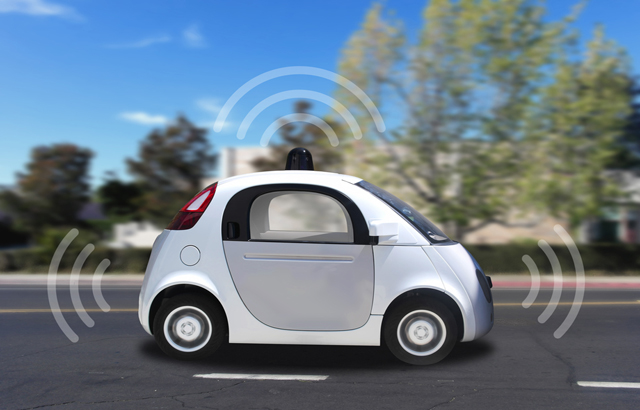The laser technology used in driverless cars can be manipulated by attackers on a shoestring budget, allowing them to gain control of these vehicles, it has been revealed.
Speaking to the online technology news provider IEEE Spectrum recently, Jonathan Petit, principal scientist at Security Innovation, said that he has developed a way of getting into the system that allows autonomous cars to “see”.
The cost of doing so? According to Dr. Petit, cybercriminals can put together a homemade kit that will set them back roughly $60 (approximately £40). As he noted, “it’s really off the shelf”.
LiDAR, short for Light Detection And Ranging, is a type of technology that uses “light sensors to measure the distance between the sensor and the target object”.
It has been popular with manufacturers of self-driving cars, including the likes of Google - which has been instrumental in pioneering these futuristic vehicles - because it helps the onboard computer make sense of its environment, much like a human being.

However, the expert has found vulnerabilities within this system, flaws which demand a fundamental rethink of the technology behind it.
Currently, as it stands, a laser can be used to trick the onboard computer into thinking that objects are in front of it when really the road is clear.
In turn, this deception will result in the vehicle automatically slowing down or even coming to a complete standstill. To all intents, the computer “sees” obstacles in its way.
“There are ways to solve it,” Dr. Petit continued in his interview with IEEE Spectrum. “A strong system that does misbehavior detection could crosscheck with other data and filter out those that aren’t plausible.
“But I don’t think carmakers have done it yet. This might be a good wake-up call for them.”
This is an important finding as driverless cars have been pitched as being safer and more efficient than traditional, human-controlled alternatives.



